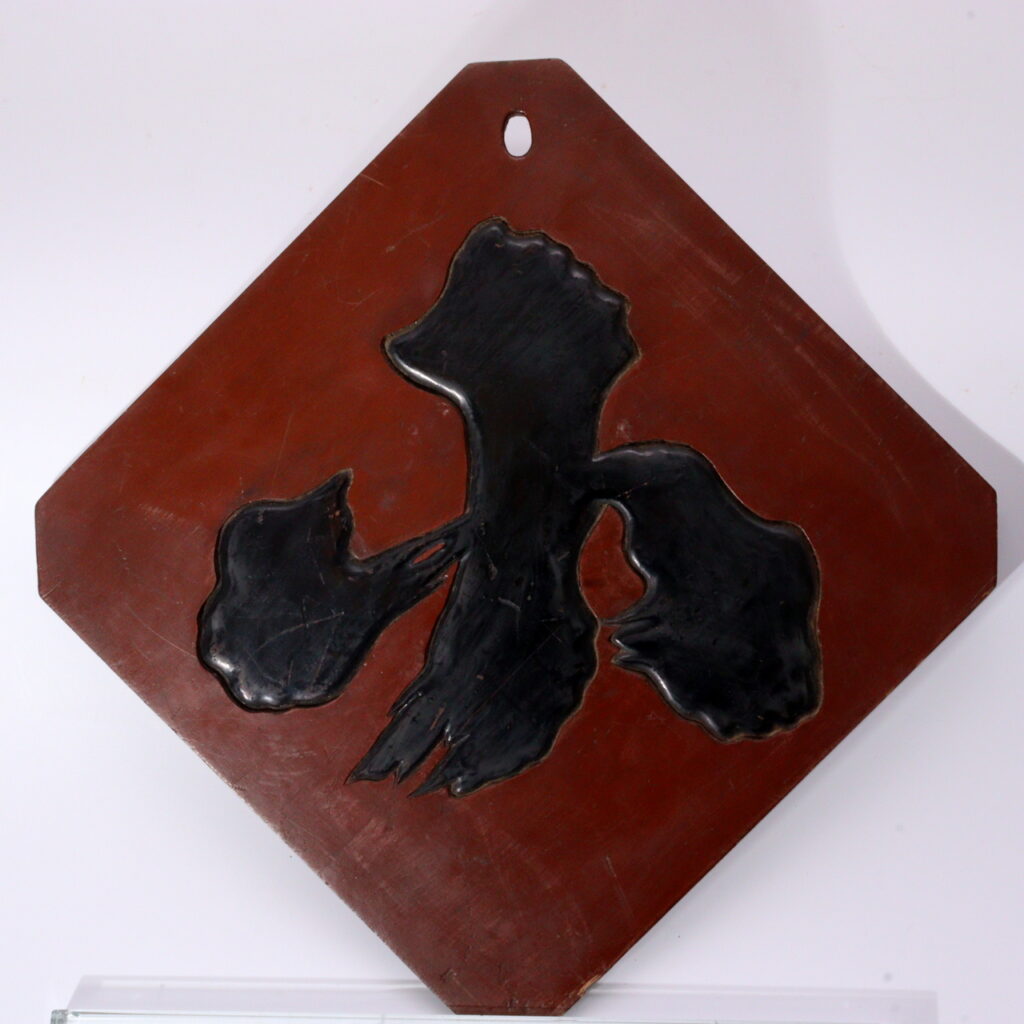
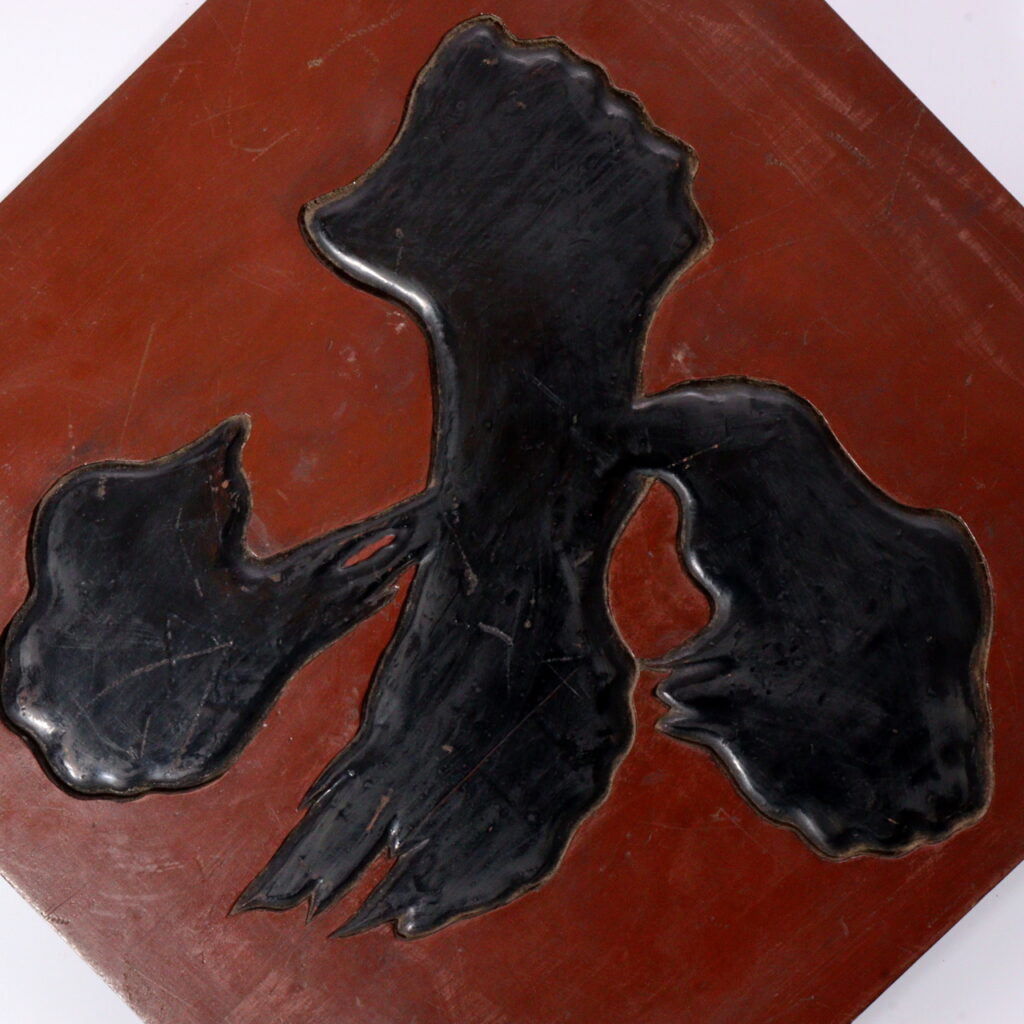
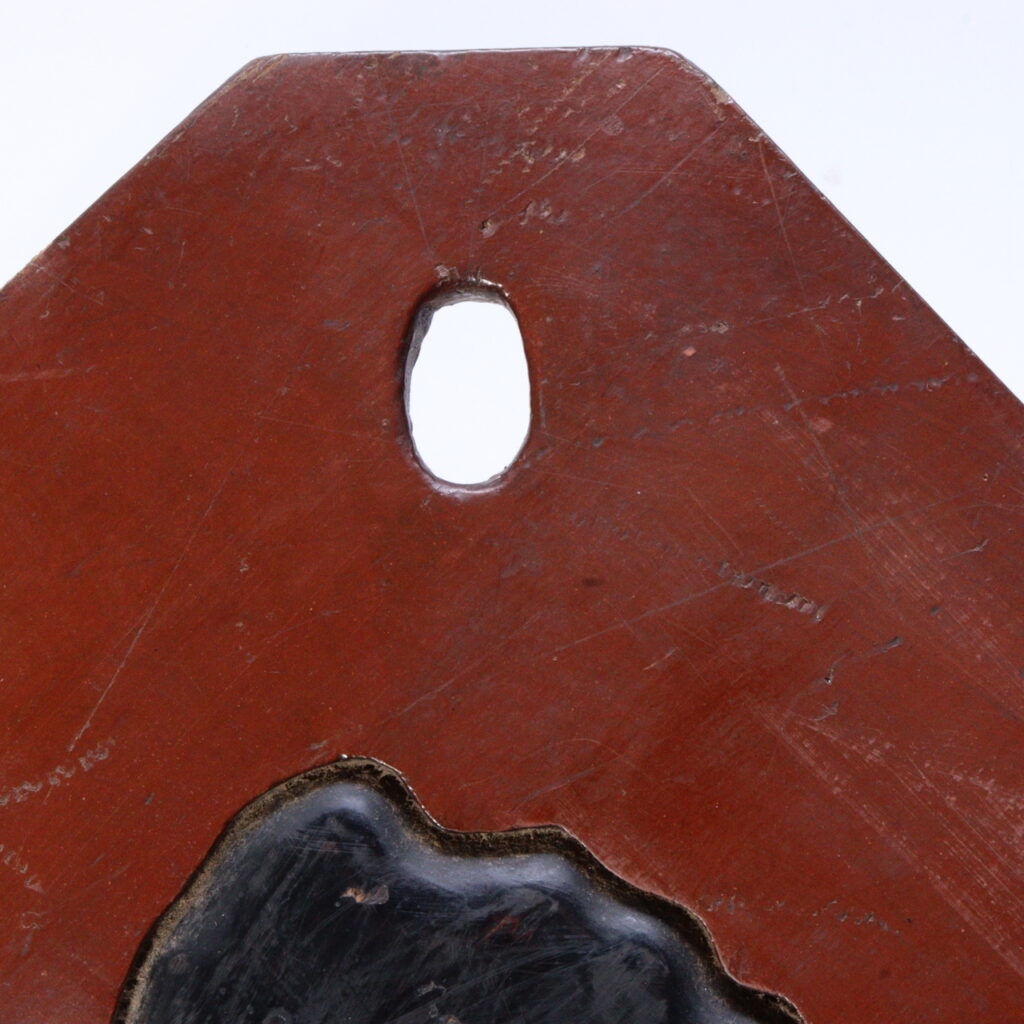
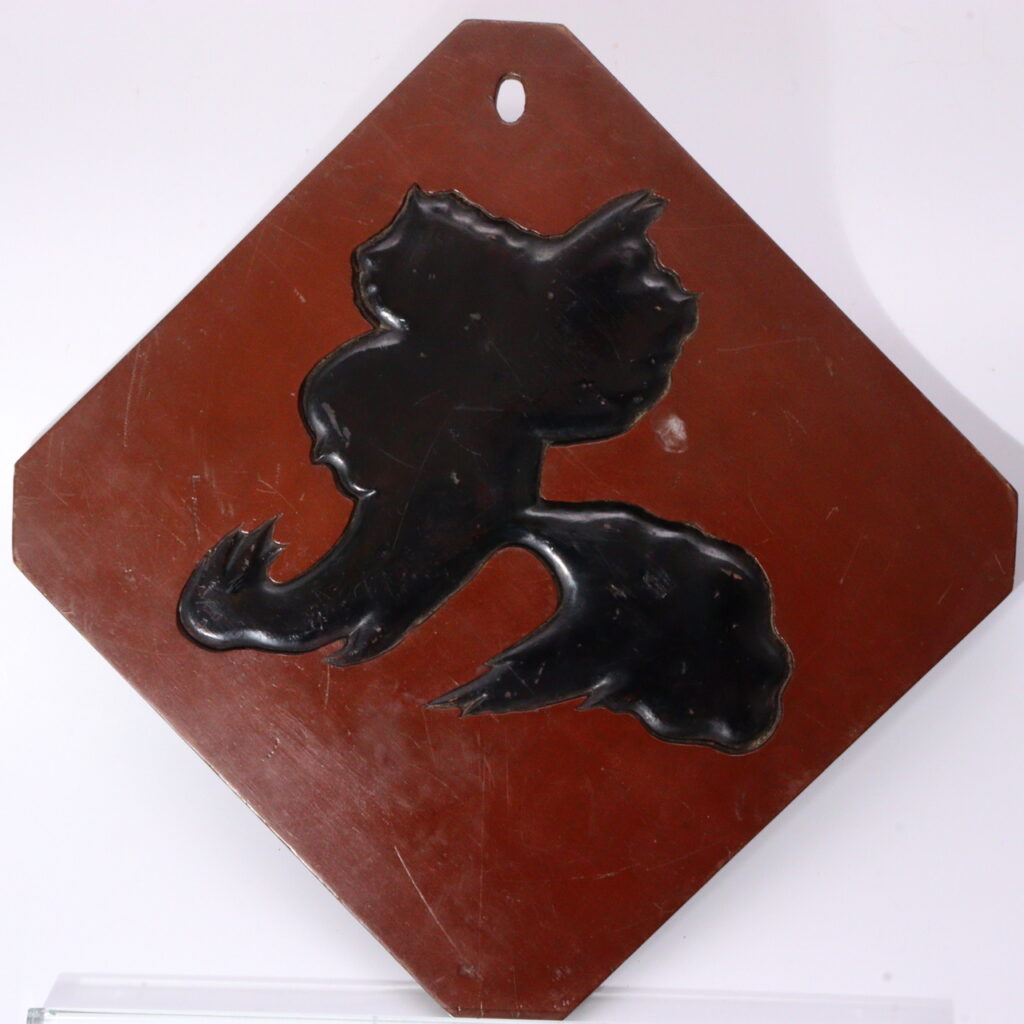
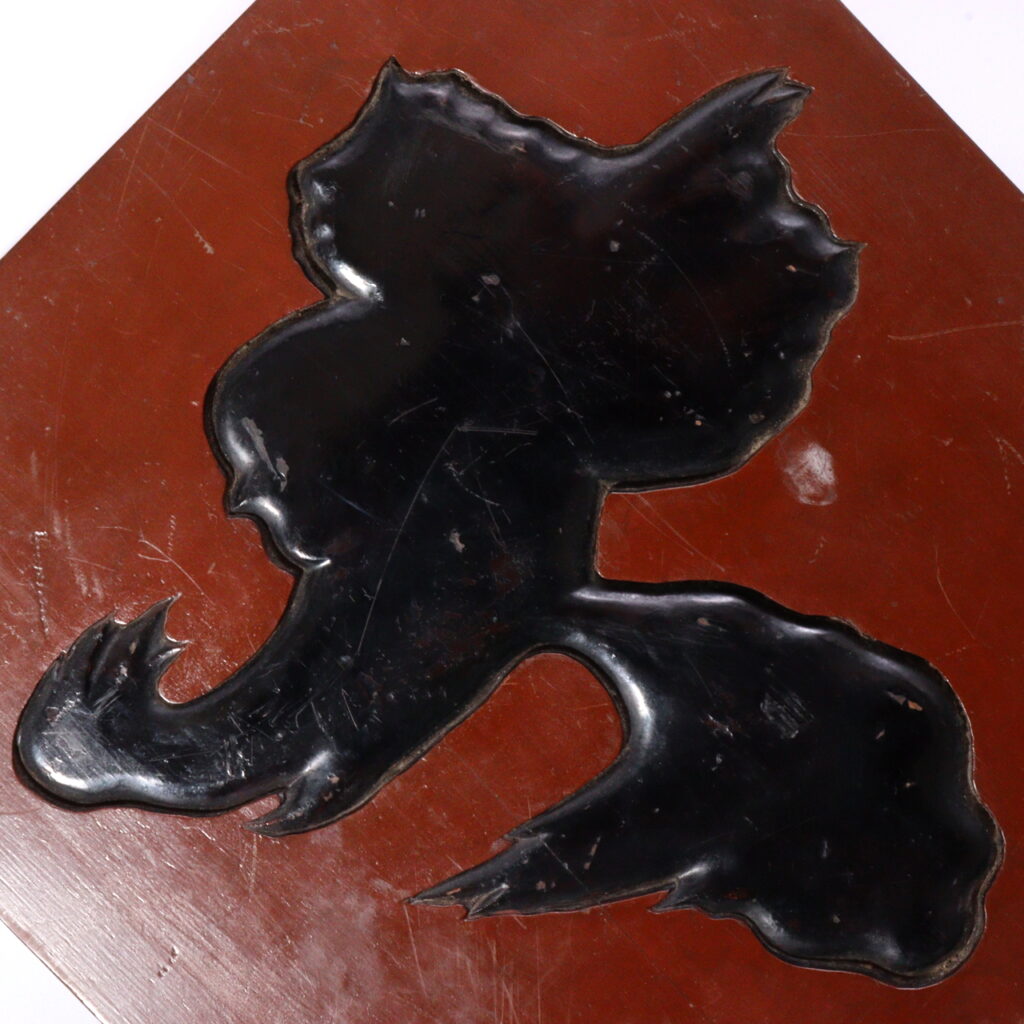
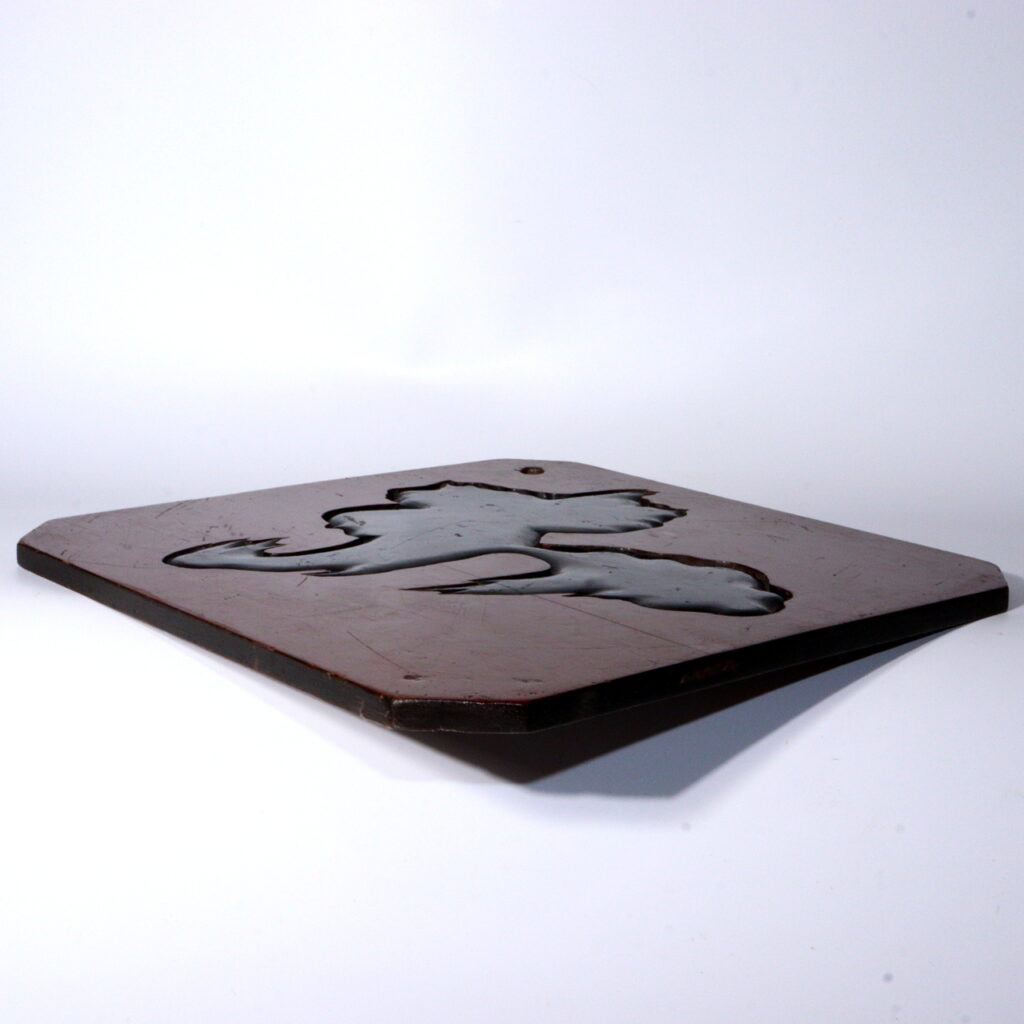
Antique Japanese “Dai” and “Shō” Calendar Signs – Meiji Period Kanban
Introduction
Among the fascinating relics of Japanese antiques, few are as culturally revealing as old kanban (signboards). This pair of Meiji-period wooden signs, marked with the characters “Dai” (large month) and “Shō” (small month), once served a very practical purpose in traditional Japanese commerce. Far more than simple signage, these boards offer insight into the rhythms of life in Japan’s pre-modern calendar system.
The Story Behind This Piece
Before Japan adopted the Gregorian calendar in 1873, the nation followed a lunar calendar. In this system, months alternated between 29 and 30 days. A “large month” (大の月, Dai no Tsuki) had 30 days, while a “small month” (小の月, Shō no Tsuki) had 29 days.
For merchants, this distinction mattered greatly: payments were typically due at the end of the month, meaning customers and shopkeepers had to keep track of whether the settlement day fell on the 29th or 30th. Signs like these were displayed prominently in shops to inform both parties of the month’s length.
Charm and Highlights of the Item
Each board is made of wood and features a bold, raised relief of the corresponding kanji character. The “Dai” sign has strong, commanding strokes representing the 30-day month, while the “Shō” sign has a slightly lighter form symbolizing the shorter 29-day month. The boards are lacquered in earthy tones, with the blackened characters standing out dramatically against the background.
Their diamond-shaped format and simple hanging hole allowed easy display, making them both functional tools and visually striking elements of merchant culture.
Value for Overseas Collectors
For collectors of Japanese antiques, kanban offer a rare and tangible connection to everyday life in the Edo and Meiji periods. Unlike decorative art, these items carried a direct role in commerce and daily interaction. The survival of such calendar signs is especially rare, as most were used heavily and discarded when no longer needed after Japan’s shift to the Western calendar.
Today, they serve not only as collectible artifacts but also as conversation pieces that illuminate the intersection of trade, timekeeping, and social practice in Japan’s history.
Conclusion
This pair of Meiji-period “Dai” and “Shō” calendar signs is a fascinating window into Japan’s pre-modern calendar system and merchant traditions. With their bold calligraphy and practical design, they stand as rare survivors of a bygone era.
👉 View this item in our collection
If this piece has already found a new home, please explore our broader collection here:
https://koedo-sun-art.com